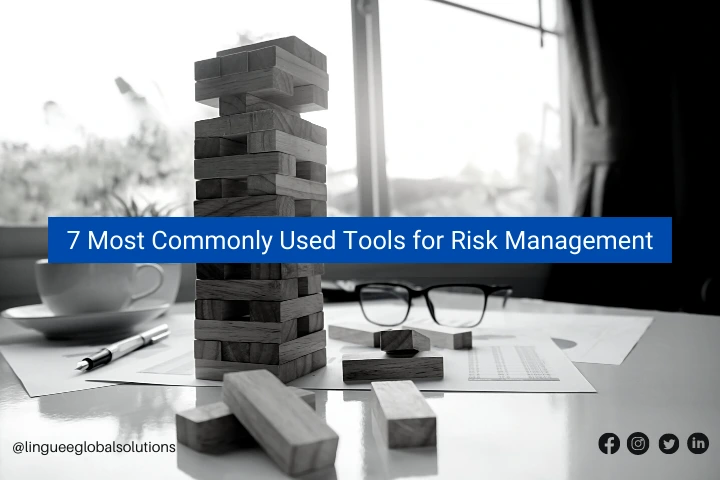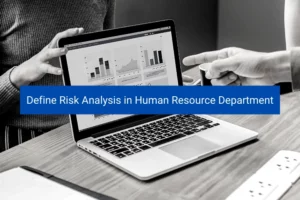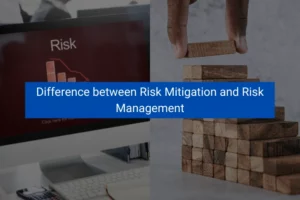The process of discovering, assessing, and controlling threats to an organization's capital and profitability is known as risk management. Financial uncertainty, legal debts, technical challenges, strategic management failures, accidents, and natural disasters can all contribute to the risk. In this post, we will discuss some risk management tools that are widely used in Human Resources.

The comprehensive risk management system allows the company to analyze all the risks it faces. Risk management also looks at the link between risks and their potential to negatively impact the strategic goals of the organization.
Related: Risk Management | Types of Risk Management | Importance of Risk Management
Commonly Used Risk Management Tools
For determining risk, there are a variety of risk management tools that can be used. Remember that everyone has a different risk tolerance. Any qualified financial advisor or stockbroker should use this information to provide you with the finest service possible. They should aid you in determining your risk tolerance so that their recommendations are targeted to you. This post will concentrate on risk management strategies or methods that should be used to assess your risk tolerance.
There are a few tools and approaches in the risk management of the organization.
1. SpiraPlan by Inflectra
SpiraPlan is Inflectra's main Enterprise Program Management software, focusing on risk management for businesses of all sizes and sectors.
SpiraPlan, now in its sixth iteration, assists users in aligning strategic objectives with essential risk management strategies and monitoring risk throughout the company.
This all-in-one system includes tools for program and portfolio management, release planning, resource management, and risk management, as well as test management, bug tracking, and requirements traceability.
Teams can access risks from a centralized hub using SpiraPlan, which includes a module for recognizing risks, regulating shortcomings, selecting remedies, and designing action steps that can be monitored all the way to completion.
Related: 7 Risk Management Strategies in 2021
Risk is a distinct artifact type in SpiraPlan, with its own kinds (business, technical, schedule, etc. ), attributes, and processes. Users can utilize the platform to analyze and categorize risk using parameters like Probability, Impact, and Exposure.
SpiraPlan is perfect for teams who need to maintain a validated system with risk workflow activities including electronic signatures, thanks to built-in support for risk Audit trails. Users can generate risk reports in a variety of formats using the standard SpiraPlan reporting menu.
SpiraPlan dashboard widgets: a risk register and a risk cube provide real-time risk management. SpiraPlan is available as a SaaS or on-premise solution, and it has over 60 interfaces to enable legacy systems and new tools to streamline processes and develop their businesses.
2. A1 Tracker
- A1 Tracker solutions provide a web-based UI that is capable of recording and managing project hazards.
- A1 Tracker creates user-friendly products and has an excellent help desk.
- The customer service is excellent, and it is one of the key reasons for the company's success.
- The software can only be used to its full potential by advanced users, and learning this application is not simple. Customers still choose this option as they have learned, there is no going back.
- Because it's web-based, risk management is simple and near real-time.
- A1 Tracker also allows you to transmit hazards and reports to relevant individuals or stakeholders.
3. Risk Management Studio
- When it comes to risk management, this is one of the most adaptable and widely utilized applications.
- This is a package that includes Gap Analysis, Risk Assessment and Treatment, and a Business Continuity Manager.
- This is an ISO 27001 certificate, and as a result, the threatening library is very large.
- Installation is simple, and the yearly price includes free upgrades and customer support.
- Learning RM Studio is simple, and you may start using it right away like a pro.
- In our daily operations, many of us still use Excel sheets. This has import and export support when transferring from Excel to RM studio.
- RM Studio also has reporting capabilities.
Related: Difference between Risk Mitigation and Risk Management
4. Isometrix
- Isometrix is a cloud-based solution designed for large and mid-sized businesses.
- Isometrix is ideally suited for food/retail, metallurgy, civil/construction, mining, and other industries.
- This package includes a variety of solutions such as food safety, workplace health, compliance management, enterprise risk, and environmental sustainability, among others.
- According to statistics, Isometrix is one of the top risk management applications accessible today.
- Isometrix's pricing information is not available publicly and is only provided upon request by the team.
5. Active Risk Manager
- Sword Active Desk's Active Risk Manager (ARM) is a web-based program.
- Active Risk Manager aids in risk recording. Additionally, it helps to assess and reduce risks.
- This has a few notable features, which are listed below.
- The auto-alert system, aids in the dissemination of risk-related information to owners/stakeholders.
- A dashboard, which provides a fast overview of a variety of facts on a single screen.
- Risks and changes are displayed in a single window, eliminating the need for applications such as Excel.
- Support for standard and quantity risk testing.
- Many major firms around the world use this, including Airbus, NASA, GE Oil and Gas, and others, demonstrating ARM's capability in one way.
6. CheckIt
- This enables the collection of audit and inspection data in an automated manner.
- The information gathered is then examined, managed, and reported in order to reduce the likelihood of risks occurring.
- Paper, browsers, and apps are all compatible with data entry. Data input on paper is scanned, however, data entered through Apps on Android or iOS devices can be accessed offline.
- It's simple to use, quick to learn, and has a long list of satisfied customers, including Kellogg's, Utz, and Pinnacle.
- The license starts at $249 and the help desk is open 24 hours a day, seven days a week.
Related: What is Cash Flow Management? | Benefits and Mistakes to Avoid
7. Isolocity
- Velocity, according to the company, "automatically drives the presentation without any oversight." This is a Quality Management System that is run on an automatic basis.
- Because it is cloud-based, data may be accessed from anywhere in the globe.
- There is a very short learning curve. Those who desire to migrate to Isolocity can do so without difficulty.
- The Isolocity manages the revision versioning, removing the possibility of incorrect versions being used.
- Isolocity's risk management phases include Risk Management, Opportunity, Objective, and Change Management.
- Once the risks have been generated, the owners may be assigned, actions can be created, and escalations can be raised, among other things.
For Human Resource, Payroll and many more HR Services, visit our website https://lingueeglobal.com/



